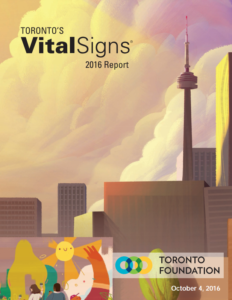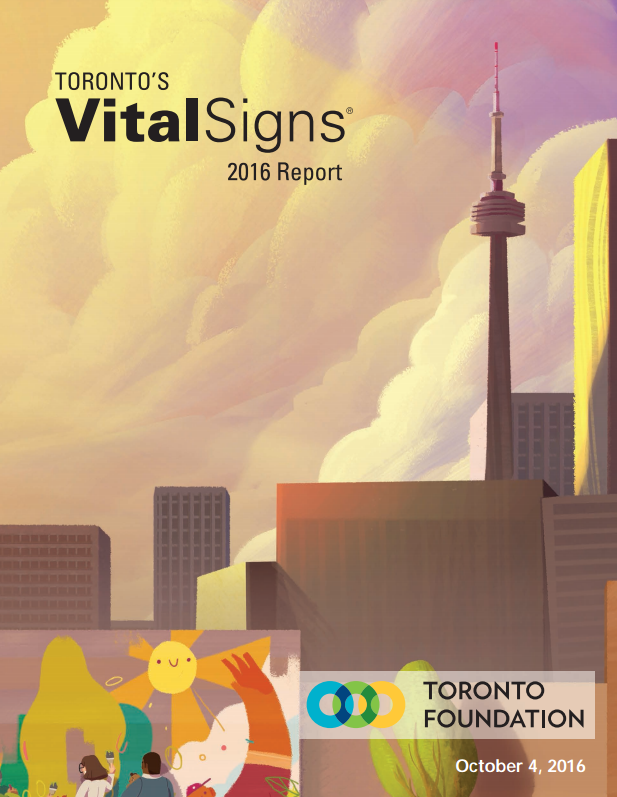 The 2016 Toronto Vital Signs Report, released last week by the Toronto Foundation, paints a grim picture of child and family poverty in the Greater Toronto Area (GTA). While Toronto scores high on many quality of life measures, it remains the “child poverty capital of Canada.” One in four children in Toronto is being raised in poverty, a number that has remained fairly consistent for the past two decades.
The 2016 Toronto Vital Signs Report, released last week by the Toronto Foundation, paints a grim picture of child and family poverty in the Greater Toronto Area (GTA). While Toronto scores high on many quality of life measures, it remains the “child poverty capital of Canada.” One in four children in Toronto is being raised in poverty, a number that has remained fairly consistent for the past two decades.
From the national data included in the Toronto Report Vital Signs Report, it’s also evident that child poverty is not restricted to Toronto. Based on data mapping of child poverty across Canada by federal ridings, seven ridings in Ontario are amongst the 15 in Canada with the highest levels of child poverty. Thirty GTA ridings have child poverty rates above the national average of 19%.
Despite these compelling statistics, child and family poverty remains “a hidden epidemic,” according to the Alliance for a Poverty-Free Toronto—a coalition of organizations that includes Children’s Aid Society of Toronto. Sharon Avery, President and CEO of the Toronto Foundation, explains that this likely due to the fact that “‘working poverty’ doesn’t look like a stereotype,” and therefore can easily be overlooked by the general public.
“Sometimes people assume that the worst problems are the ones that are in your face. This isn’t the case here. Children have homes, and aren’t often on the street,” Avery said.
The Report also presents extensive data that shows poverty varies significantly by a child’s geographical location, and by their race and ethnicity. According to the 2011 National Household Survey a breakdown of child poverty rates by identity shows that non-racialized, non-immigrant children had the lowest poverty rates at 13%, while Indigenous children accounted for most child poverty in Canada. While 17% of non-Indigenous children lived in poverty, 38% of Indigenous children did.
Data is one key to finding solutions to the complex problem of child and family poverty. Its collection and analysis provide the foundation to solutions that are evidence-based, equitable and impactful. However, it’s critical to ensure the data is presented within the proper context and with sufficient analysis.
The type of approach to a complex problem like child and family poverty is also important, according to Avery.
“Poverty is an intersectional problem, so it follows that a cross-sector approach is the best way to create system-based, long term solutions,” Avery said. “Poverty is too big to tackle alone.”
Vital Signs is national program led by individual community foundations and coordinated by Community Foundations of Canada. Communities across Ontario have issued similar reports for 2016, including Grey Bruce, Kingston, London, and Sudbury.
